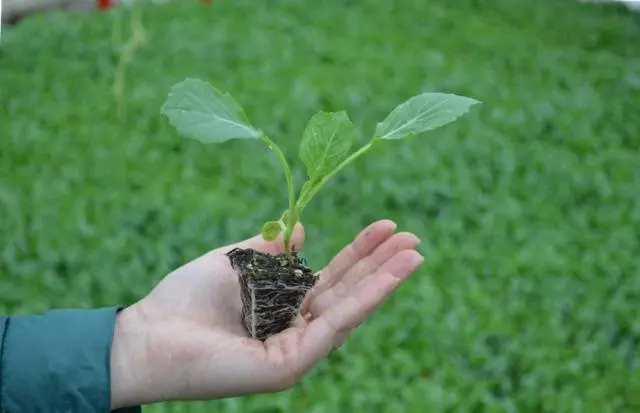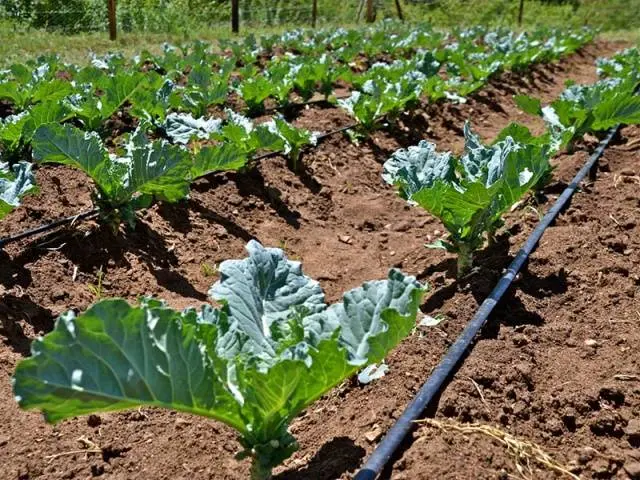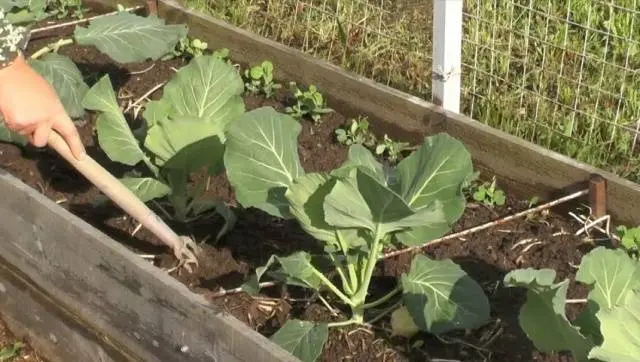Contents
Every year, new varieties and hybrids of garden crops appear, they become more productive, more stable, tastier. That is why the old varieties growing on modern beds are of particular surprise. One of these ancient cultures is Moscow Late cabbage, which was bred at the beginning of the last century. Despite its “antiquity”, the variety pleases with a consistently high yield, large elastic heads of cabbage, good taste and increased resistance to cold and disease.

A detailed description of the Moscow Late cabbage variety with a photo of mature heads of cabbage can be found in this article. Here we will talk about all the advantages of the variety, as well as how to grow it properly.
Characteristic of the variety
Cabbage Moscow Late 15 is the full name of the variety entered in the State Register of Agricultural Crops in 1943. The variety was selected in the research institute back in 1939, the local cabbage Pyshkinskaya was used as a “parent”.
For the cultivation of Moscow Late cabbage, the central regions, the north-west of the country and the Far East are recommended. The variety is excellent for gardens and summer cottages of the Moscow region.
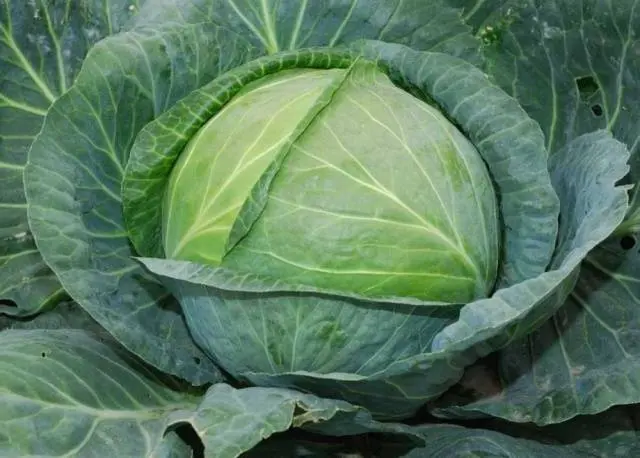
Cabbage variety Moscow Late has the following characteristics:
- full ripening of cabbage occurs on the 120-140th day after the appearance of the first shoots;
- it is recommended to grow a crop in open ground;
- the rosette of leaves is sprawling, its diameter is 100-110 cm;
- leaves are large, rounded, wrinkled, gray-green in color, covered with a wax coating;
- heads of cabbage have a rounded or flat-rounded shape;
- the size of the heads is large – the average weight is 4-6 kg, but there are specimens of 10-15 kg each;
- inside Moscow cabbage is dense, juicy, creamy white in section;
- the inner stalk is short, and the outer one can reach a length of 30 cm;
- the yield of the variety Moskovskaya Late is high – about 6-10 kg per square meter or up to 1000 centners per hectare of fields;
- 90-97% of the collected heads of cabbage have a presentation, so the variety is often grown on an industrial scale;
- Moscow Late is very good fresh, it is perfect for pickling and pickling;
- the crop can be stored for a long time – up to six months in suitable conditions;
- transportability is average;
- it is recommended to collect cabbage after the first frost;
- a feature of the variety is resistance to keel, pests and a low percentage of cracked heads;
- the Moscow variety is unpretentious to the composition of the soil, does not require careful care and much attention from the gardener.
Advantages and disadvantages
Gardeners of the country very often choose the late-ripening Moscow variety for their plots. It is not surprising that this cabbage has remained at the peak of popularity for so many decades, because it has very significant advantages.
Among the advantages of the variety it is worth noting:
- high crop yield;
- excellent taste qualities of both fresh and sauerkraut, pickled, canned cabbage;
- large head sizes;
- resistance to the most common “cabbage” diseases;
- resistance to low temperatures;
- high content of ascorbic acid and useful sugars in heads of cabbage, which is very important in winter;
- the possibility of long-term storage and transportation of the crop;
- excellent trade dress.
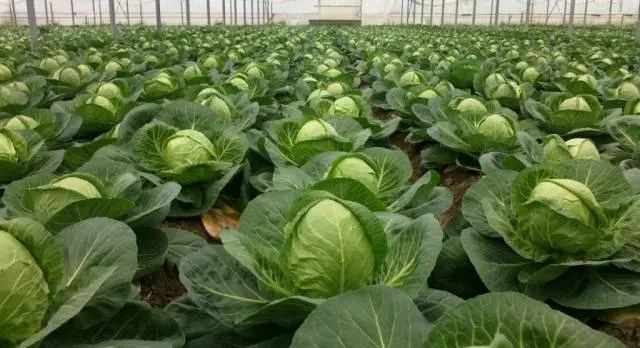
Of course, the description of the Moscow variety will be incomplete, not to mention the shortcomings of this cabbage. Gardeners note the following disadvantages:
- the need to keep heads of cabbage until the first frost (otherwise the crop will not be well stored);
- a very high outer stalk, due to which the cabbage heads often fall sideways.
These shortcomings only at first glance seem serious, but in fact they are easily solved. If the cabbage has already ripened, and the frosts are still not coming, you can grab the head of cabbage with your hands and turn it around. These actions will help cut off the power and stop the growth of the head of cabbage – the cabbage will remain in the garden, but will not overripe and will not crack. And with the onset of frost, the crop will just need to be harvested.
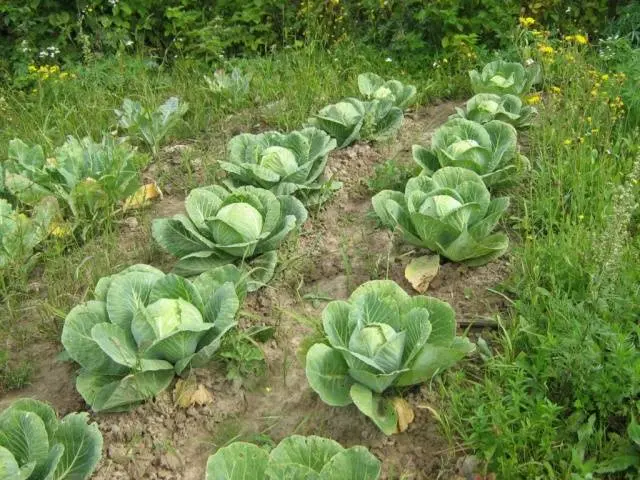
The second problem is no longer so easy to solve – you have to spend time and effort. High stumps need to be constantly spud, raking the ground to the cabbage bushes. In severe cases, gardeners use pegs or other supports to tie problem plants.
Rules of landing
In the middle lane, Moscow Late cabbage can be grown both through seedlings and directly by seeds into the ground. For seedlings, late-ripening varieties are usually sown after the tenth of April. By the time the seedlings are transferred to the ground, they should be “turned” 30-35 days old. From the last days of April, you can start sowing seeds under the film.
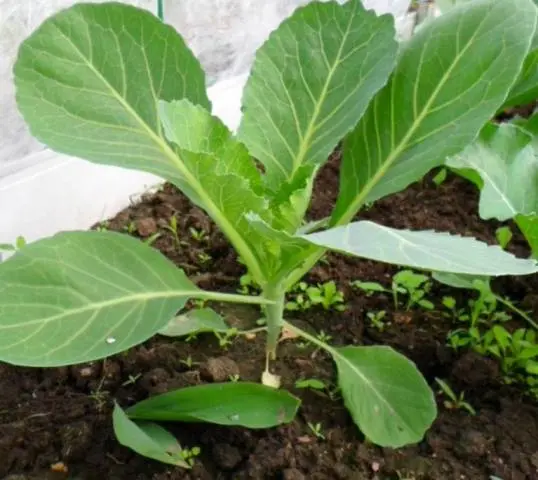
When growing late Moscow cabbage, the following must be considered:
- Cabbage seedlings need to dive, but you can immediately sow the seeds in individual containers. In the latter case, two seeds are usually sown, subsequently removing the weaker plant.
- Late cabbage needs good nutrition, especially since the size of the bushes and heads of cabbage in the Moscow variety is quite impressive. The planting pattern for this variety should be 60×70 cm; planting cabbage more densely does not make sense. Seedlings are planted according to the scheme 8×8 cm between plants.

- In order for the cabbage seedlings to turn out strong and healthy, not to stretch out and not to “stay” in the ground, it is necessary to observe the temperature regime. On sunny days, the thermometer should show 16 degrees, in cloudy weather it is permissible to drop the temperature to 13, and at night to 7 degrees.

Immediately before planting in the ground, it is recommended to harden the cabbage – for a short time, take out containers with seedlings on the street or on the balcony.
Care instructions
Late varieties are loved because they practically do not need care. Unlike early-ripening cabbage, Late Moscow rarely gets sick and does not require the constant presence of a gardener.
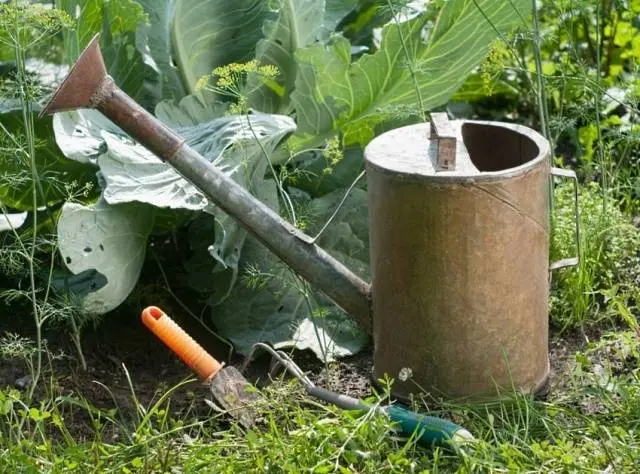
You need to care for cabbage beds like this:
- Water during periods of drought using settled warm water. Watering should be carried out under the root, it is best to do this in the evening, when the heat subsides. When the heads are formed, the number of waterings is halved to prevent cracking of the cabbage.

- Cabbage loves fertilized soil, best of all it perceives organic matter – cow dung or bird droppings diluted in water. It is necessary to fertilize the culture three times during the summer: 20 days after planting the seedlings, two weeks after the first feeding, after another 10-12 days.
- Well perceives Moscow Late mulching. The soil is covered with a layer of humus or compost, thereby further saturating it and preventing cracking.
- As a prevention of diseases and pests, you can use an insectofungicide or adopt folk methods, such as wood ash, dolomite flour, decoctions of tomato tops, garlic, onions, and wormwood.
- Weeds between cabbage beds are regularly removed, they not only draw strength from the plant, but also contribute to the reproduction of insects and slugs.

- Cabbage bushes should be regularly hilled, raking the ground to the roots. This tactic will help prevent the heads of cabbage from falling on their side and touching the ground.
- If hilling does not help, the collapsed cabbage is strengthened with supports or pegs.
- They harvest Moscow Late at one time – when the first frost passes. Heads of cabbage are carefully cut with a sharp knife and folded, trying not to damage the upper leaves. The tops must be pulled out along with the root (if necessary, dig with a shovel, pitchfork) and carried away from the site.
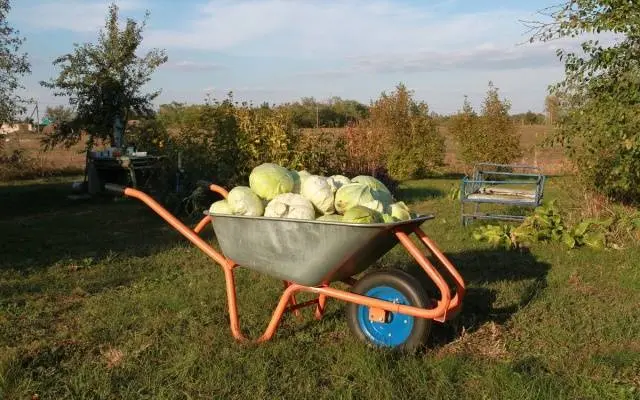
The next season, cabbage seedlings are planted in another place, the land should “rest” from this crop for at least two to three years.
Conclusion
Despite its “advanced” age, Moscow Pozdnyaya cabbage is in no way inferior to modern newfangled hybrids. This crop is high-yielding, resistant to diseases, pests and cold, adapted to the local climate. Huge elastic heads of Moscowskaya are not only beautiful in appearance, they are also unusually tasty – the variety is considered one of the best for fermentation.
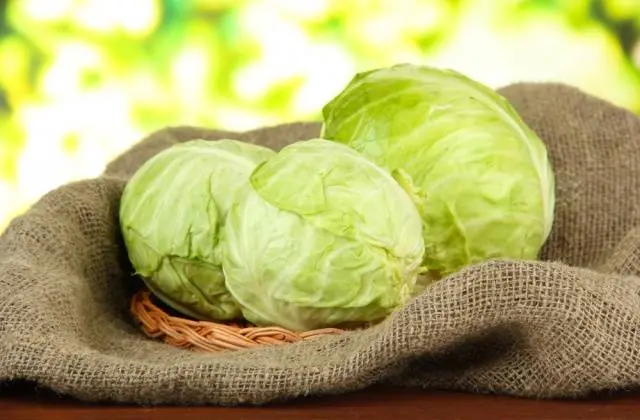
It is not difficult to grow late cabbage, you just need to water the beds as the soil dries up, regularly remove weeds and feed the soil with organic matter a couple of times a season.











